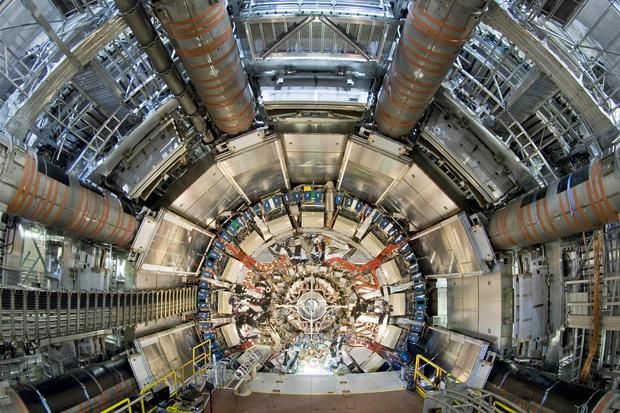
Since then, researchers have suspected that the odderon might appear when protons slammed together at extreme speeds, but the precise conditions that would make it spring into existence remained a mystery.
This difference would reveal itself in a slight mismatch between the frequencies of protons bouncing off other protons and the frequencies of protons bouncing off antiprotons.
Those quarks are the heavy hitters of the subatomic world, relatively bulky and responsible for make up the mass of protons and neutrons (and, in turn, most of the mass of atoms) and electromagnetic charge.
But the gluons play just as important a role: They carry the strong force, one of the four fundamental forces of the universe, responsible for "gluing" quarks together into protons and neutrons, and then binding those protons and neutrons together inside atomic nuclei. .
And physicists think that is possible because the protons exchange either two or three gluons.
"In high-energy physics, we always exchange some particles when two protons interact, or a proton and an antiproton" interact, study lead author Christophe Royon, a physicist at The University of Kansas, told Live Science.It's important that both protons-proton collisions and proton-anti-proton collisions exchange particles, because it's in the subtle difference between those two types of exchanges that the odderon was revealed.Occasionally, a quasi state called a glueball — a pair or trio of gluons — emerges during a collision.Colors (and anti-colors) are similar to positive and negative electromagnetic charges — they control how quarks and gluons attract or repel one another in a system much more intricate than electromagnetism known as quantum chromodynamics.
When a single gluon enters a new proton, it grabs onto the other particles — the quarks and gluons that make up the proton.But in the quarter of cases where the protons bounce off each other instead of shattering, that's a sign that the gluon exchange involved a double or triple glueball (odderon) and so it didn't disrupt the protons' internal balance.Until now, no one had ever seen or directly detected an odderon (or the double glueball, for that matter, though its existence has been indirectly confirmed)
Sutter and many other researchers argue that it's not a true particle at all but a quasiparticle, because it's nothing more than a temporary arrangement of smaller particles
(The same could be said of protons and neutrons, however.) Royon said the discovery is important because it confirms that the basic ideas about particle physics researchers used to predict the odderon's existence back in 1973 were correct